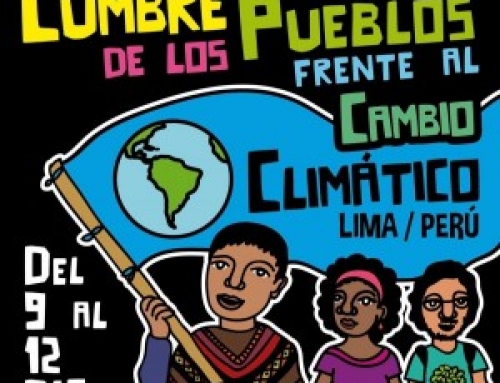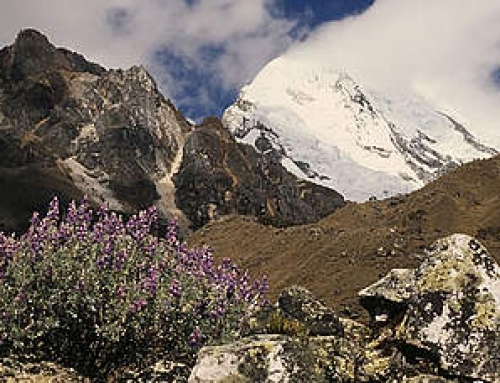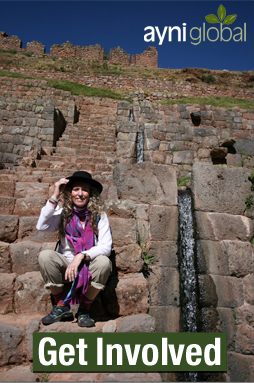According to world renowned glaciologist, Dr. Lonnie Thompson, the world’s largest tropical ice sheet, Quelccaya, which is located in the Andes of Southern Peru, is shrinking. Even though Quelccaya is bigger than ten thousand football fields, its total area has decreased by 25% in the last fifty years. In 1963, the ice cap measured 56 square kilometers, and now it spans less than 44 square kilometers. A 2009 World Bank report found that if the earth’s warming trend continues then many of the Andes’ tropical glaciers will vanish within 20 years along with a further reduction of the Quelccaya ice cap.
As a result, this will jeopardize the water supply of 77 million people living in the region because the retreating glaciers result in less river water and rivers in Peru rely on melting ice from the mountain glaciers to sustain their water level. The city of Lima which receives very little precipitation annually is currently struggling with decreased river flow. Lima, a city of 8 million residents, which is more than half of the country’s population, depends on the flow of rivers for both drinking water and electricity production. Peru generates about three quarters of its electricity from hydropower, and therefore, the country depends greatly on water from melting glaciers and rivers to produce its power. In response to the decreased water flow and levels in rivers, the Peruvian government is constructing tunnels through the Andes mountains and fossil fuel burning power plants for electricity production. Consequently, it is the carbon emissions from burning fossil fuels that increase the temperatures in the earth’s atmosphere and melt glaciers. Therefore, if global warming continues then glaciers like Quelccaya will continue to melt and affect the survival of many the world’s urban populations such as the Peruvians in Lima.
On the other hand, rural indigenous populations may be even more vulnerable to the impacts that global warming is having on glaciers and ice caps. One such group, include the Quechua people living in the rural areas of Peru. The Quechua communities are more directly affected by climate change and the melting of glaciers such as Quelccaya because of their close proximity and dependence on the land for food, water, farming and housing. In the last two decades, two major geological events have occurred that are directly linked to the melting of Peru’s glaciers and the Quelccaya ice cap. A massive lake developed in 1991 in the Quelccaya ice field. In 2006, a falling ice cap from Quelccaya created an avalanche and mini-tsunami in the lake that inundated the low lying areas and claimed the lives of many Quechua people and their Alpacas. Unfortunately, the Quechua communities depend on Alpacas for food, clothing, transportation, and income, and without them their lives are at stake. In addition, the melting ice caps are also responsible for redirecting streams that have existed in certain locations for generations. This restricts where the indigenous communities in Peru can live and farm with their Alpacas. Therefore, this is direct evidence that climate change is a life threatening problem and affects everyone on this planet in some direct or indirect way.

Links and References:
World Bank Latin American and Caribbean Studies, “Low Carbon, High Growth: Latin America Responses to Climate Change,” 2009 Report.
EarthSky, “Dr. Lonnie Thompson: The World’s Largest Tropical Ice Sheet is Shrinking,” November 2010.







Leave A Comment